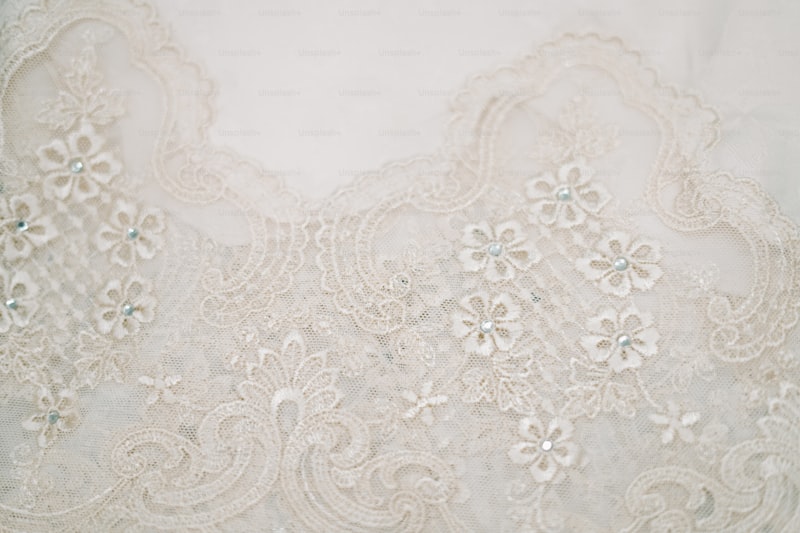Selecting the Perfect Lace for Your Dress: A Comprehensive Guide
Discover the Art of Lace Selection
Lace is more than just a fabric; it embodies elegance and sophistication, especially when it comes to dresses. Whether you're planning a wedding or attending a special event, selecting the perfect lace for your dress can significantly impact the overall look and feel. In this guide, we will explore various types of lace, factors to consider, and tips to help you make an informed decision.
The Allure of Lace: Understanding Its Types
The world of lace is diverse, featuring various types that cater to different styles and preferences. Below is a brief overview of some popular lace types to consider:
| Type of Lace | Description | Best For |
| Chantilly Lace | Delicate and light, characterized by intricate floral designs. | Elegant evening gowns and bridal wear. |
| Alençon Lace | A heavier lace with a floral pattern and corded edges. | Formal dresses and vintage-inspired gowns. |
| Organza Lace | Sheer and crisp, providing structure to garments. | Fashion-forward dresses and layering. |
| Guipure Lace | Also known as Venetian lace, it consists of motifs connected by bars. | Dress embellishments and statement pieces. |
Factors to Consider When Selecting Lace
Choosing the right lace for your dress involves several crucial factors. Here’s what you should keep in mind:
1. Purpose and Occasion
Initially, consider the purpose of your dress. Is it for a wedding, a cocktail party, or a formal event? The occasion largely dictates the type of lace suitable for your dress. For example, a lace wedding gown may benefit from Chantilly lace for its romantic appeal, while a cocktail dress can shine with Organza lace for a modern touch.
2. Fabric Compatibility
Ensure that the lace you choose complements the base fabric of your dress. Some laces work seamlessly with silky fabrics, while others blend well with cotton or polyester blends. Testing a few combinations can help you decide.
3. Color Considerations
Lace comes in various colors; while traditional white, ivory, and cream are popular for weddings, you can explore unique shades for other occasions. Remember that the color of lace can affect the overall tone of the dress, so select one that coordinates well with your chosen palette.
4. Texture and Weight
The texture of lace matters greatly. Some laces are soft and fluid, while others are heavier and structured. Your personal comfort and the desired silhouette should guide your choice. For instance, a lightweight lace might be more appropriate for a flowing gown, whereas a heavier lace could provide necessary structure for a fitted dress.
5. Budget
Let’s face it; budget constraints can affect your decision. Laces vary widely in price, so it's important to find a balance between quality and affordability. Consider pre-made lace dresses if your budget is tight, or look for fabric remnants for DIY projects.
Tips for Working with Lace
Once you have selected the perfect lace for your dress, consider the following tips for working with it:
1. Sampling
Before committing to a large purchase, obtain samples of the lace. This will allow you to see how it looks in different lights and textures.
2. Proper Care
Lace requires special care. Be sure to check care labels for washing instructions. Handwashing is often recommended to maintain the integrity of the fabric.
3. Tailoring Expertise
Consult with a skilled tailor who has experience with lace garments. The intricacies of lace require advanced sewing techniques to ensure a polished finish.

Final Thoughts and Recommendations
In conclusion, selecting the perfect lace for your dress is a meticulous process, but it adds an element of luxury and sophistication to your outfit. Always keep the occasion, fabric compatibility, color, texture, weight, and budget in mind as you make your decision. It’s not merely about the lace; it’s about embodying the style and elegance you wish to convey. By following the tips and factors discussed, you can prepare to dazzle at any event. Remember, lace has a language of its own—let it speak elegance through your dress!